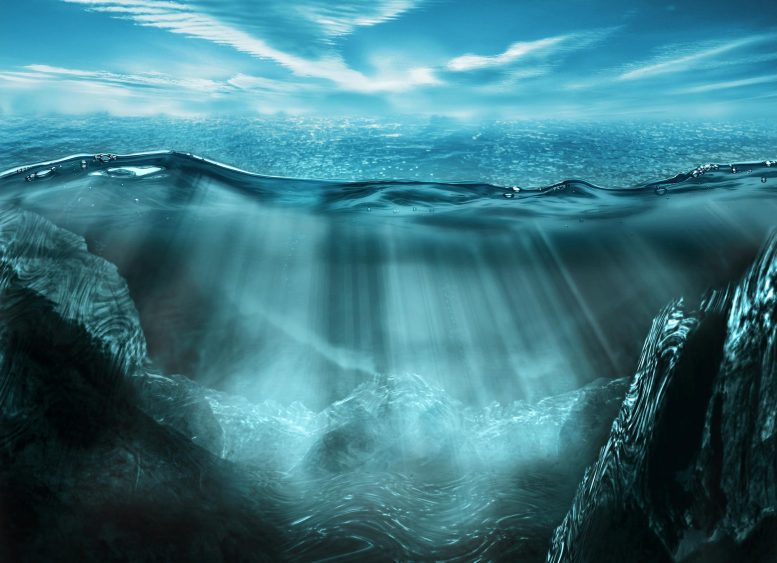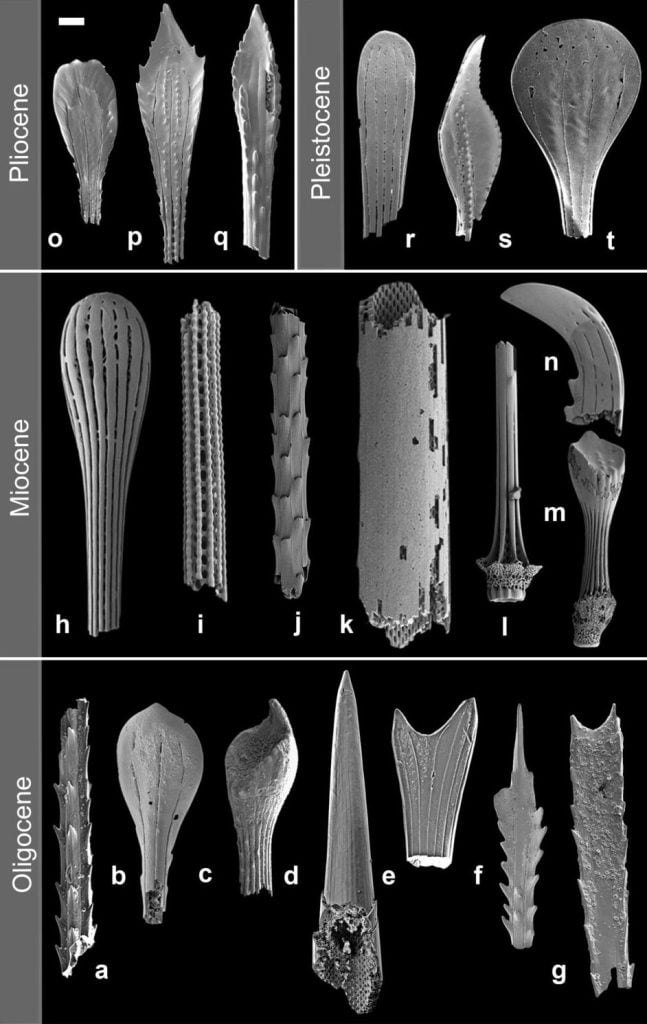
Scientists have found fossil evidence that higher invertebrates, specifically irregular echinoids or sea urchins, have stably colonized the deep sea for at least 104 million years since the Cretaceous period. Analyzing over 40,000 spine fragments from sediment samples, the team discovered evolutionary changes over time, notably after major extinction events, and suggested potential impacts of future global warming on deep-sea ecosystems.
A team led by Göttingen University described the early occurrence of irregular sea urchins in the depths of the oceans.
Deep within the ocean’s abyss, it’s believed that the earliest and most rudimentary life forms on our planet took shape ages ago. Nowadays, the deep sea is known for its bizarre fauna. Researchers are delving into how the species diversity on the ocean floor has evolved over time.
There are hypotheses suggesting that the deep-sea ecosystems have been reborn repeatedly following numerous mass extinctions and marine disturbances. Hence, the current marine life in these depths might be relatively recent in Earth’s timeline. However, growing evidence hints that segments of this underwater realm might be older than once assumed.
A research team led by the University of Göttingen has now provided the first fossil evidence for a stable colonization of the deep sea floor by higher invertebrates for at least 104 million years. Fossil spines of irregular echinoids (sea urchins) indicate their long-standing existence since the Cretaceous period, as well as their evolution under the influence of fluctuating environmental conditions. The results have been published in the journal PLOS ONE.

A range of sea urchin spines from different periods of the Earth’s history illustrating the diversity of shapes. Credit: PLOS ONE, 2023 Wiese et al.
The researchers examined over 1,400 sediment samples from boreholes in the Pacific, Atlantic, and Southern Ocean representing former water depths of 200 to 4,700 meters. They found more than 40,000 fragments of spines, which they assigned to a group called irregular echinoids, based on their structure and shape.
For comparison, the scientists recorded morphological characteristics of the spines, such as shape and length, and determined the thickness of around 170 spines from each of the two time periods. As an indicator of the total mass of the sea urchins in the habitat – their biomass – they determined the amount of spiny material in the sediments.
What these fossil spines document is that the deep sea has been continuously populated by irregular echinoids since at least the early Cretaceous period about 104 million years ago. And they provide further exciting insights into the past: the devastating meteorite impact at the end of the Cretaceous period about 66 million years ago, which resulted in a worldwide mass extinction – with the dinosaurs as the most prominent victims – also caused considerable disturbances in the deep sea.
This is shown by the morphological changes in the spines: they were thinner and less diverse in shape after the event than before. The researchers interpret this as the “Lilliput Effect”. This means that smaller species have a survival advantage after a mass extinction, leading to the smaller body size of a species. The cause could have been the lack of food at the bottom of the deep sea.
“We interpret the changes in the spines as an indication of the constant evolution and emergence of new species in the deep sea,” explains Dr Frank Wiese from the Department of Geobiology at the University of Göttingen, the lead author of the study. He emphasizes another finding: “About 70 million years ago, the biomass of sea urchins increased. We know that the water cooled down at the same time. This relationship between biomass in the deep sea and water temperature allows us to speculate how the deep sea will change due to human-induced global warming.”
Reference: “A 104-Ma record of deep-sea Atelostomata (Holasterioda, Spatangoida, irregular echinoids) – a story of persistence, food availability and a big bang” by Frank Wiese, Nils Schlüter, Jessica Zirkel, Jens O. Herrle and Oliver Friedrich, 9 August 2023, PLOS ONE.DOI: 10.1371/journal.pone.0288046
In addition to the University of Göttingen, the Universities of Heidelberg and Frankfurt as well as the Museum für Naturkunde Berlin were involved in the research project.











